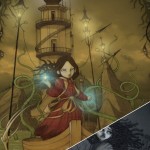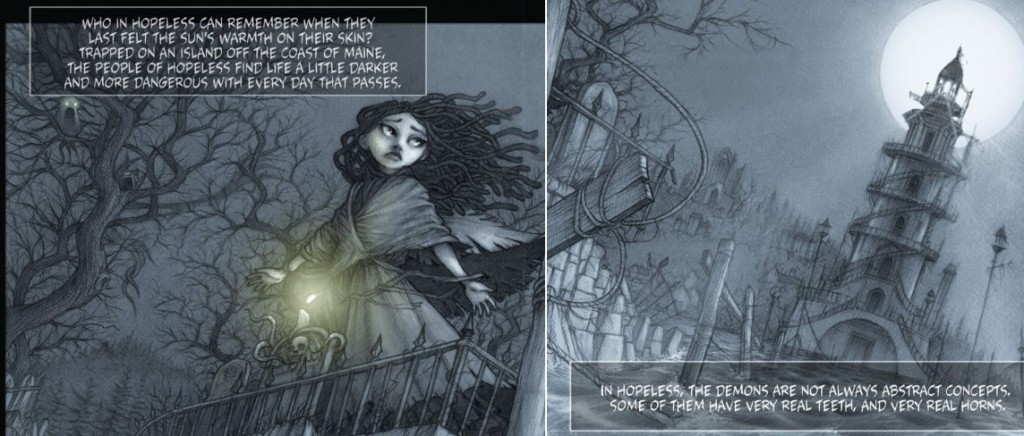 Spent from a road trip to catch The Avengers with Rob, Trebuchet, and Pixiestyx, I found myself with barely enough energy to stare blankly at ladies in silly hats during the three hour coverage of the Kentucky Derby yesterday on the TV. Fun fact: only about 4 minutes of the race coverage is about the race. The rest is about women in silly hats, bemoaning how other women’s silly hats invade their “hatmosphere”. There is also a fair amount of bourbon and “My Old Kentucky Home” karaoke sing-a-long. I could have played along with the bourbon part at home, which would have helped with both the “hatmosphere” and the karaoke. Unfortunately, Rob is on antibiotics this week as he nurses a vicious stab wound obtained while refereeing “Bum Fights For A Week’s Worth Of Coors Light Empties”. What can I say? We live in an interesting neighborhood. So, anyway, I was trying to show solidarity by joining him in the not drinking.
Spent from a road trip to catch The Avengers with Rob, Trebuchet, and Pixiestyx, I found myself with barely enough energy to stare blankly at ladies in silly hats during the three hour coverage of the Kentucky Derby yesterday on the TV. Fun fact: only about 4 minutes of the race coverage is about the race. The rest is about women in silly hats, bemoaning how other women’s silly hats invade their “hatmosphere”. There is also a fair amount of bourbon and “My Old Kentucky Home” karaoke sing-a-long. I could have played along with the bourbon part at home, which would have helped with both the “hatmosphere” and the karaoke. Unfortunately, Rob is on antibiotics this week as he nurses a vicious stab wound obtained while refereeing “Bum Fights For A Week’s Worth Of Coors Light Empties”. What can I say? We live in an interesting neighborhood. So, anyway, I was trying to show solidarity by joining him in the not drinking.
Eager to find a diversion for my sobriety, I turned to the Comixology app for my smartphone. I worked my way down to the “Digital Firsts” section. I’ve really been trying to only use the app for books that are only available digitally, since I like to support our LCS, where the owner knows us by name and has asked Rob to stop hosting the bum fights on the sidewalk outside the store because it’s “bad for business”. Recently, Archaia has digitally released part one of a graphic novel called Hopeless, Maine, by Nimue and Tom Brown. Nimue is an author and Tom is an artist. Hopeless, Maine began its life as a Web comic, which is up to two booksworth of material on their site. The digital download of Hopeless, Maine: Personal Demons Part One contains chapters 1 and 2 of the first book in the series. So, what’s it about?
Hopeless, Maine is a little, forgotten island where many of the children have become orphaned through mysterious circumstances. There are magic and strange creatures. Chapters 1 and 2 center around orphan Salamandra, a young girl who greets the reader on the opening page of the story by informing us that “my mother wants to drink me”. Okay, Salamandra: you have my attention.
Can Salamandra’s tale distract me from my own strange world of silly hats and bum fights? Spoilers and more after the jump.
Hopeless, Maine is an atmospheric tale, drawn in a highly stylized fashion that appears to be informed by gothic and manga influences by Tom Brown.

Salamandra is discovered living alone by a local woman. Her parents have disappeared and the opening sequence is a bit reminiscent of Ripley discovering a terrified Newt in Aliens; she feels safer living alone in the dark, taking her chances with the spooky things, and needs to be coaxed out of hiding into “safety”. Where the story telling becomes problematic is that, shortly after that, Salamandra exhibits a magical power set that made me question why she allowed the adult that found her to take her out of her house in the first place.
The strength of the storytelling really does lie in Tom Brown’s artwork. He lays out beautifully rendered, complex panels with expressive characters and detailed, spooky backdrops. The characters actions can clearly be followed in sequence over the pages. Where the story doesn’t work is in parts of the text – in some cases there are superfluous text boxes of exposition that drag me out of the story due to heavy handed narration. I don’t need a text box telling me that Salamandra isn’t happy at the orphanage she arrives at and that the other kids there don’t like her when the artwork has clearly demonstrated that fact over the past few pages. On the other hand, there are some moments in which the story telling becomes confusing by omissions. Characters are introduced but not explained. I don’t need every little thing laid out for me explicitly. However, little details like “who was the local woman was that found Salamandra at the beginning of the book”? Was Salamandra motivated by more than the offer of sweets when the woman took her from the house? Or “who is the cute little girl who randomly turns up to run away with Salamandra from the orphanage”? The fact that both these characters seemed more like convenient foils to give Salamandra an excuse to use her powers for the sake of the reader than fleshed out individuals dragged me out of the story a bit. I don’t need to know everything about them, but we don’t even learn their names. Clearly, the Browns have a great deal more story, and bonus materials on the site of the Web comic that may answer these questions. But, taking the story at face value on the strength of just the first two chapters, I came away more frustrated at times than intrigued.
As a diversion from silly hats and bum fights, Hopeless, Maine has some entertainment value, particularly if you enjoy Tom Brown’s art style. However, readers may find the overall thread of the story a bit nebulous – like the need for three hours of racing coverage for four minutes of horse racing.
 Podcast RSS Feed
Podcast RSS Feed iTunes
iTunes Google Play
Google Play Stitcher
Stitcher TuneIn Radio
TuneIn Radio Android
Android Miro Media Player
Miro Media Player Comics Podcast Network
Comics Podcast Network